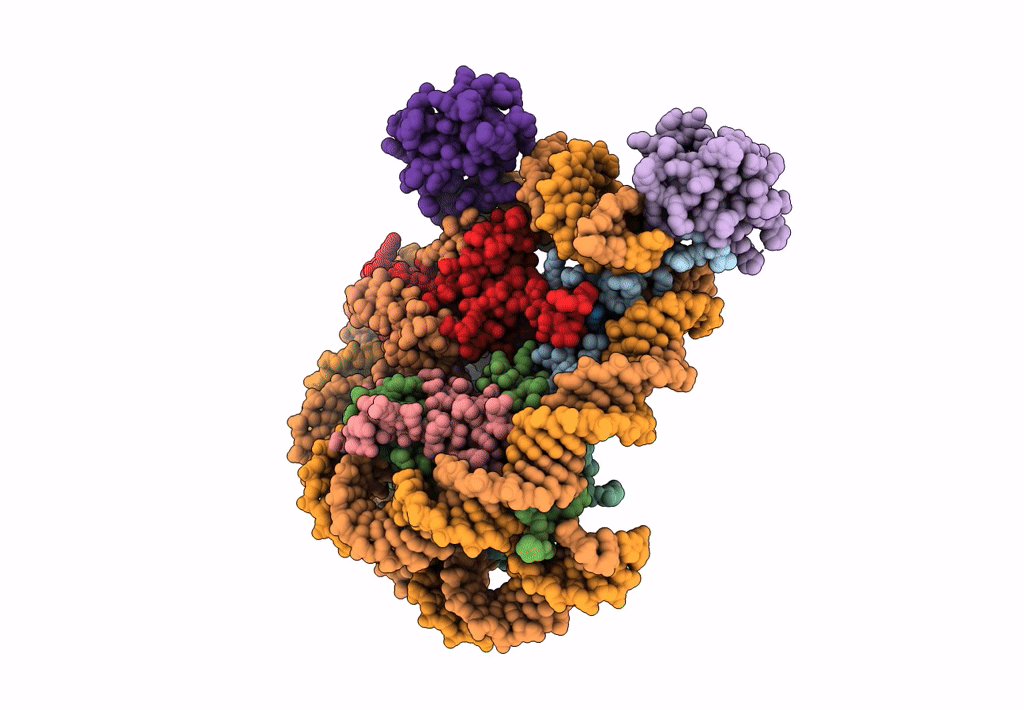
Deposition Date
2023-06-09
Release Date
2023-08-16
Last Version Date
2025-07-02
Entry Detail
PDB ID:
8PC6
Keywords:
Title:
H3K36me3 nucleosome-LEDGF/p75 PWWP domain complex - pose 2
Biological Source:
Source Organism:
synthetic construct (Taxon ID: 32630)
Xenopus laevis (Taxon ID: 8355)
Homo sapiens (Taxon ID: 9606)
Xenopus laevis (Taxon ID: 8355)
Homo sapiens (Taxon ID: 9606)
Host Organism:
Method Details:
Experimental Method:
Resolution:
3.04 Å
Aggregation State:
PARTICLE
Reconstruction Method:
SINGLE PARTICLE


